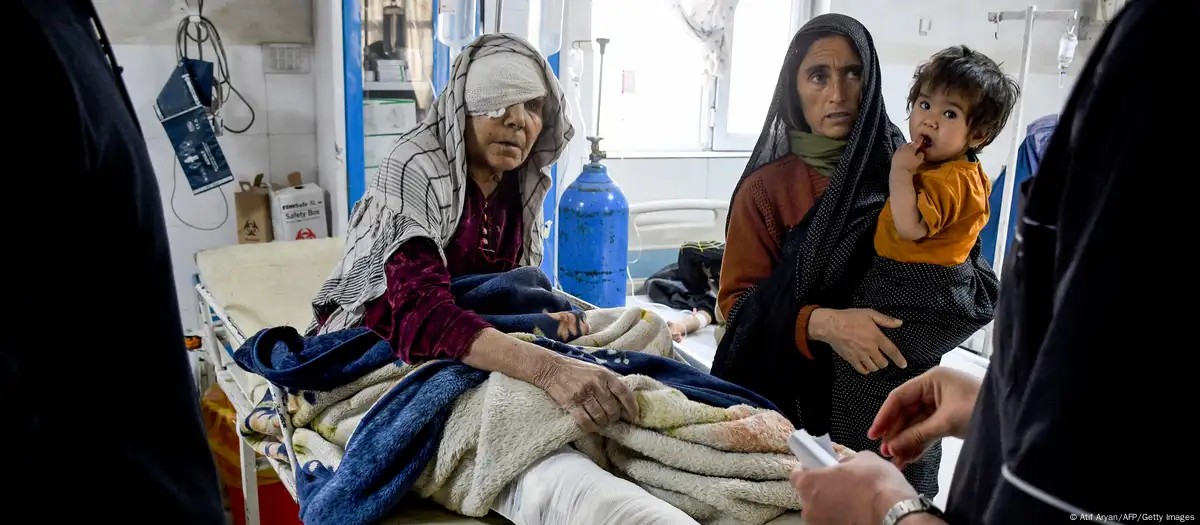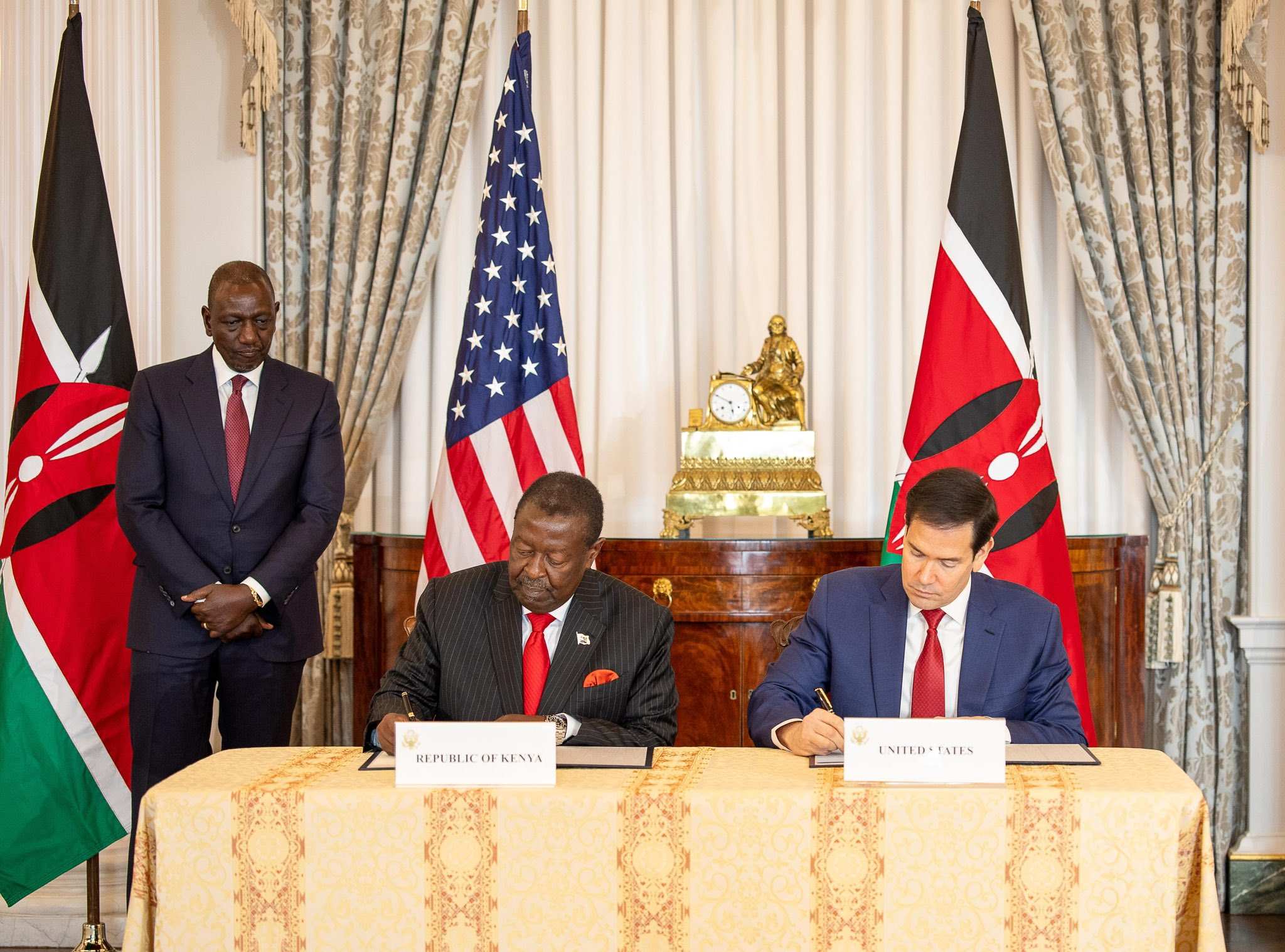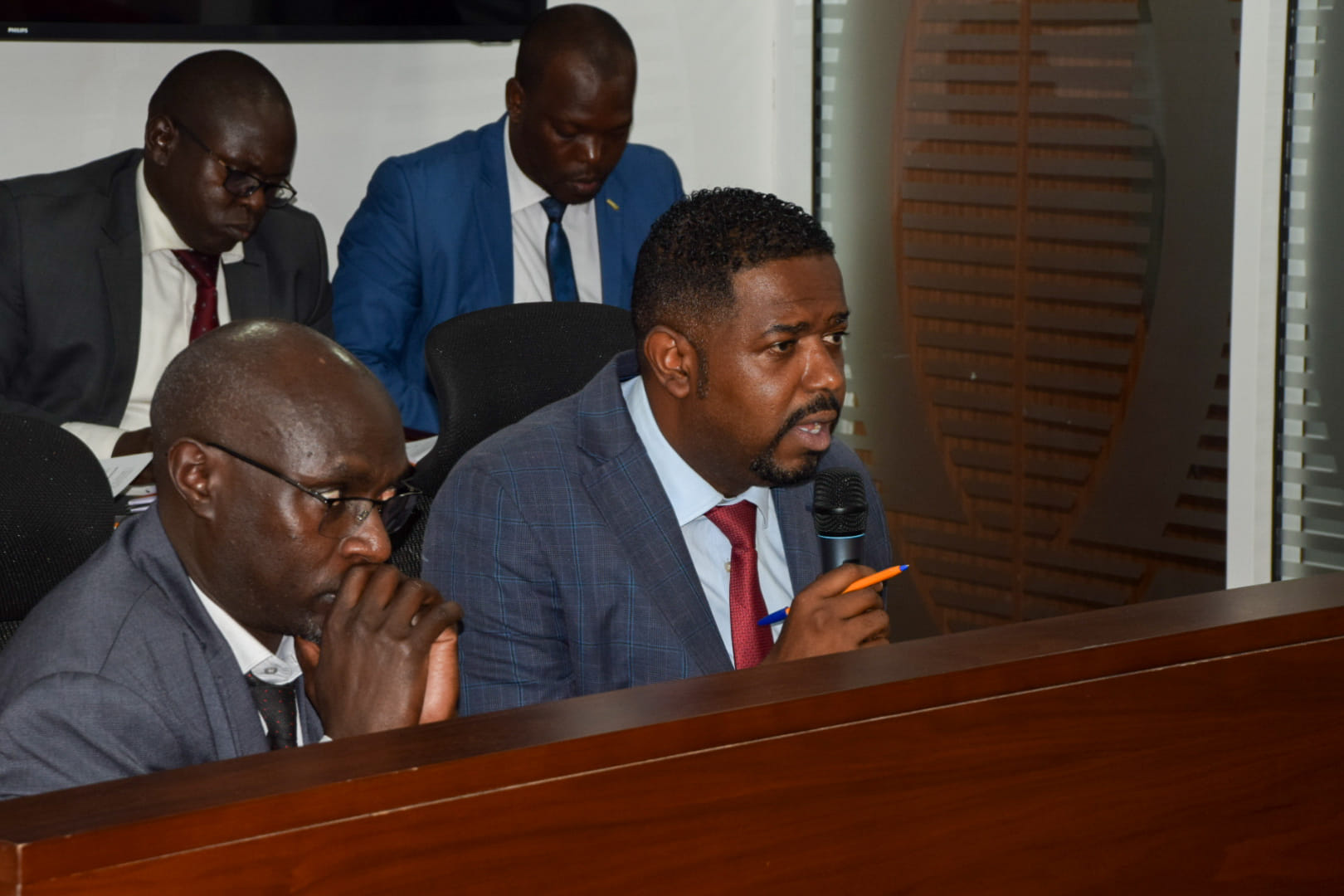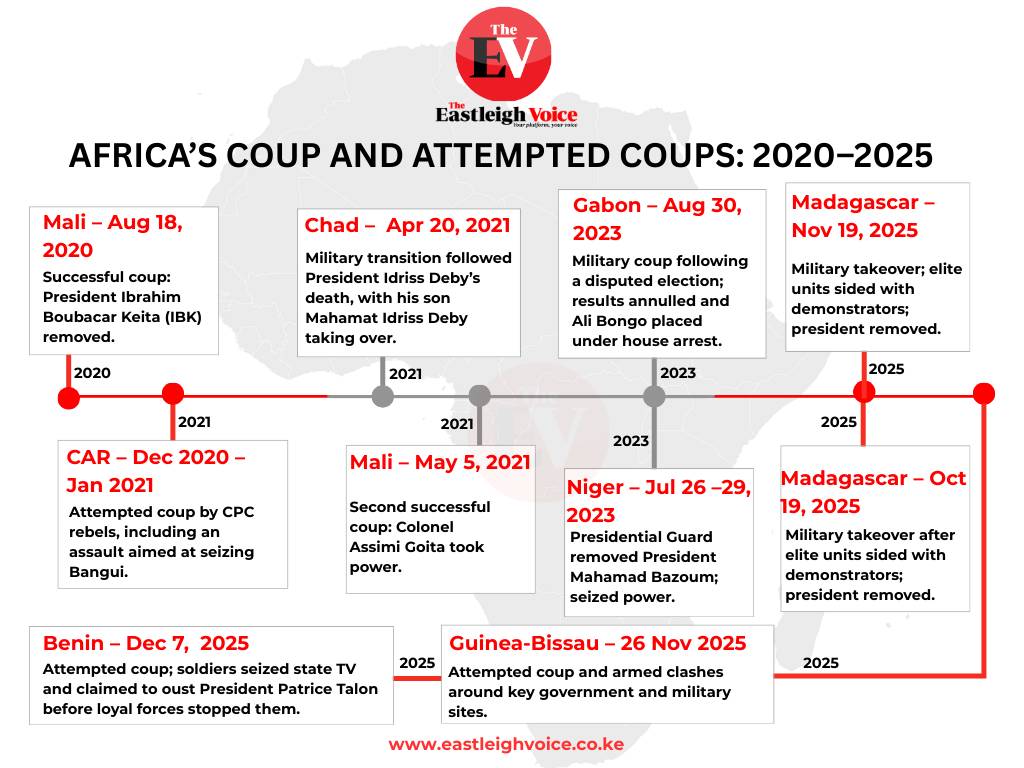Powerful 6.3-magnitude earthquake kills at least 20 in northern Afghanistan

At least 20 people have been killed and more than 300 injured after a powerful 6.3-magnitude earthquake struck near Mazar-i-Sharif, damaging homes and historic sites as rescuers race to reach survivors.
A powerful magnitude 6.3 earthquake struck northern Afghanistan early Monday, near the city of Mazar-i-Sharif, the capital of Balkh province.
Health authorities confirmed that at least 20 people were killed and 320 others injured, with the number of casualties expected to rise as rescue operations continue.
More To Read
The Afghan Red Crescent reported that rescue and medical teams had reached the affected areas to assist survivors.
According to the US Geological Survey (USGS), the quake occurred just before 1 a.m. local time Monday (8:30 p.m. GMT) at a depth of 28 kilometres (17 miles), about 22 kilometres from Kholm, near Mazar-i-Sharif.
Kholm, home to around 65,000 people, lies close to Mazar-i-Sharif, Afghanistan’s fifth-largest city with a population of about 523,000.
In Mazar-i-Sharif, frightened residents ran into the streets in the middle of the night, fearing their homes would collapse, a correspondent for the French news agency AFP reported. AFP also noted that the city’s famed 15th-century Blue Mosque sustained damage in the tremor.
The USGS issued an orange alert through its automated PAGER system, indicating that “significant casualties are likely and the disaster is potentially widespread.”
Monday’s earthquake comes just two months after a magnitude 6.0 quake struck eastern Afghanistan, killing more than 2,200 people.
Earthquakes frequently occur in Afghanistan, especially along the Hindu Kush mountain range, where the Eurasian and Indian tectonic plates meet. On average, they kill about 560 people annually and cause damages estimated at $80 million (€69 million), according to Reuters.
Studies show that at least 355 earthquakes with magnitudes above 5.0 have struck Afghanistan since 1990.
Many Afghan homes are built from mud bricks, making them particularly vulnerable to earthquake damage. Poor infrastructure and limited road access to remote regions further hinder rescue and relief efforts.
The disaster adds to Afghanistan’s growing crises, including a severe drought and the forced return of millions of Afghans from neighbouring countries, the UN refugee agency (UNHCR) said in a September report.
Top Stories Today














































